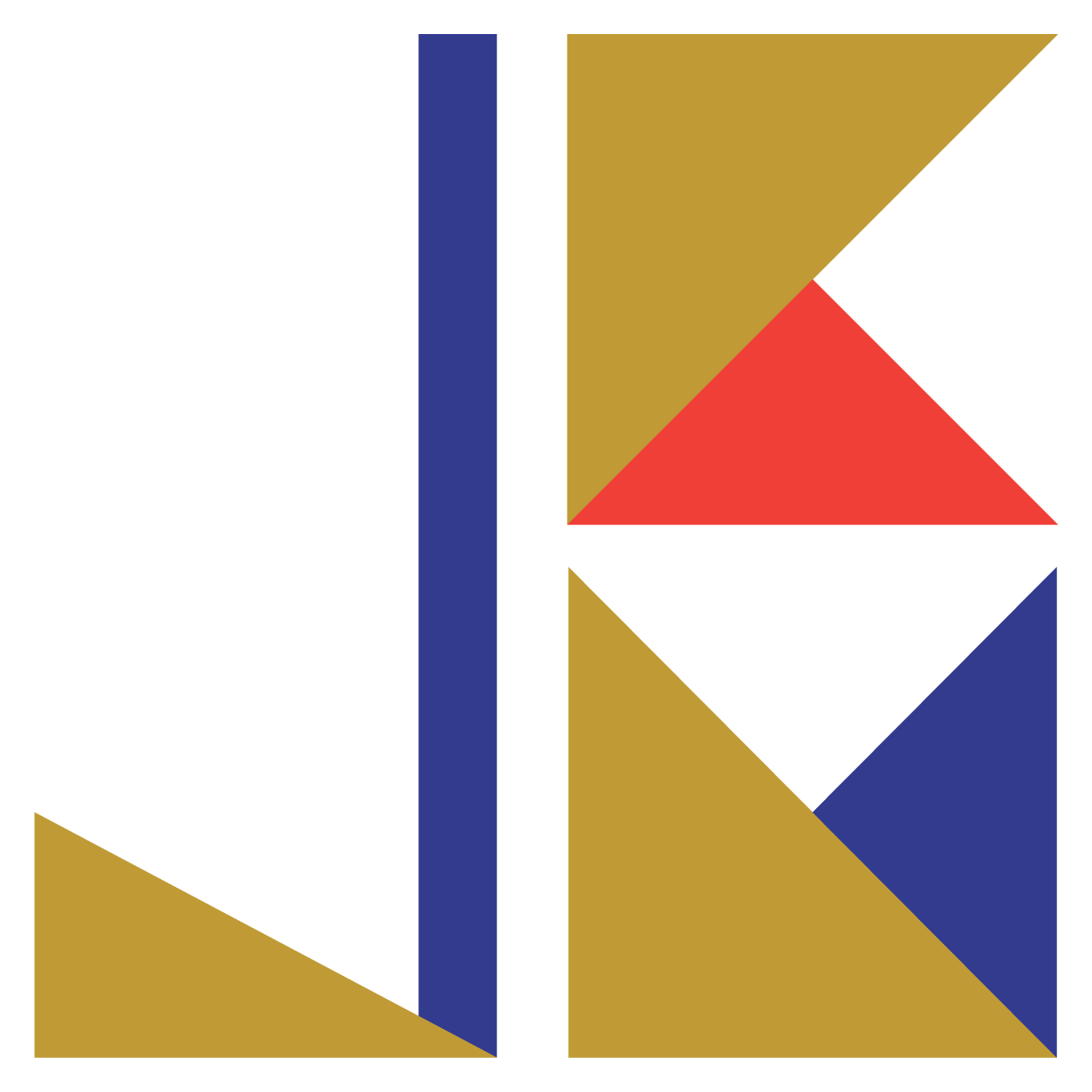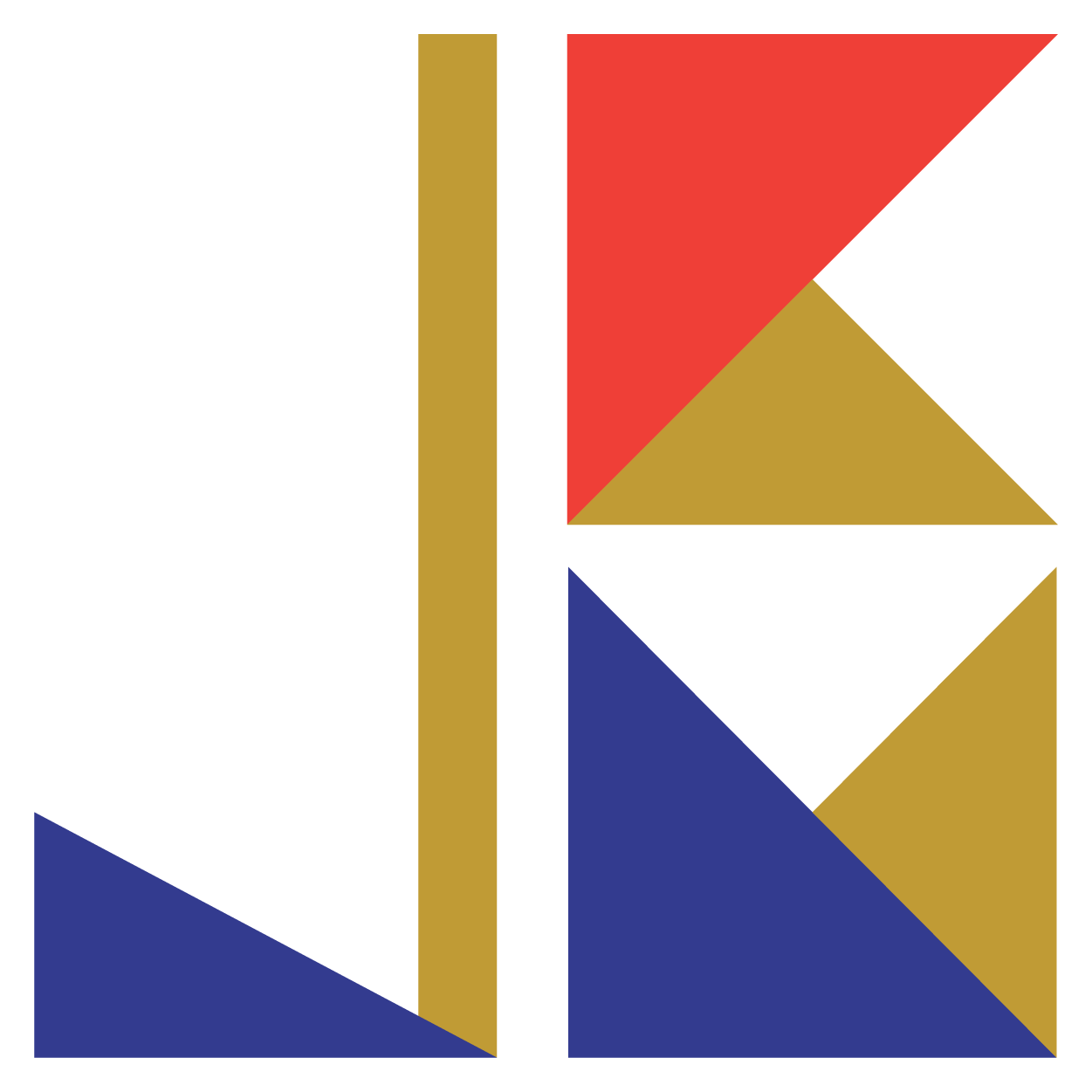Interviewing users seemed like a daunting task when I was getting started. As an introvert, I'm not skilled at making small talk or posing personal questions on people I meet for the first time. But the good news is that, for people like me, interviewing users becomes easier with practice, just like with any other hard skill. Doing user interviews has now become a process that I look forward to in the user research portion of my design method.
You can conduct interviews at any stage of the project, but having conversations with prospective users can be particularly informative in the beginning stages of shaping a product. Let's say you have a thought or a hunch for a feature, but you are not sure how your users would react to this new idea. Interviewing users can be the perfect next step to take. From my own experiences, here are five mistakes to avoid when you spend precious time with your users.
Mistake 1: You don't have a clear objective or scope for your interview.
Whenever you decide to conduct interviews, you should have the support of your team and stakeholders. A clear intent and objective can help your team rally around you and make these interviews happen in the first place.
But more importantly, your objective is vital in planning the interview and preparing questions ahead of time. Your goal for interviewing is not to simply learn about your users. Your goal is to learn about your user's behaviors and attitudes so that you can design features to address their pain points.
I often struggle with establishing the scope of an objective for each interview. I tend to set my goal too broad and prepare way too many questions for one meeting. I find it helpful to break an interview into chunks of different topics. Alternatively, plan a series of interviews if you anticipate long conversations. You may not get all the answers you want in one meeting, but that's ok. Having this mindset can help you focus on the objective of each interview.
Mistake 2: You don't qualify your interviewees.
Sometimes, I get very excited to talk to users and forget to consider whether they are the real prospective users of my product. You may think it is better to interview a handful of people than no one. While that may be true, gleaning over specific qualifying details about your interviewees can make the entire set of interviews a lot less productive.
While you are in the discovery phase, you may not have figured out who will adopt your product. Still, you and your team can start to formulate some ideas about who might experience a problem that you intend to solve. If your potential interviewee does not have the problem, he or she does not qualify. Don't skip this step. Recruit users who are likely to use your product and benefit from it.
Mistake 3: You don't plan the logistics to the smallest detail.
Once you have determined an objective, prepared the questions, and recruited the right set of users, now you have to decide the means of conducting actual interviews. If you have an opportunity to meet interviewees in-person, that is great! Make sure to set a schedule, send directions and parking information to your office, and provide contact information to get in touch with you.
Not to worry if you don't have a physical space. I conducted a majority of my interviews remotely. My preferred method is using the video conferencing software Zoom. I can record the session (with permission) and even ask my users to share their screens when applicable. The tricky part with a remote interview is preparing interviewees ahead and setting the right expectations. I had a range of interviewees who had trouble with Zoom, didn't have a web camera, were in noisy environments, and kept getting interrupted by someone or something else.
Unfortunately, you give up a lot of control when you conduct remote interviews. However, the upside is that you can talk to anyone anywhere as long as they have internet access. So, prepare your interviewee in advance and set ground rules as much as you can. Ask them to carve out the time, go to a quiet room, and have a web camera and Zoom (or any other video software) ready to go. Be empathetic when things go wrong; technology can be frustrating. You may have to be prepared to give technical advice and be patient with your remote users.
Mistake 4: You show bias during the interview.
When I started to lead interviews, the number one advice I got from more experienced researchers was always, "Don't ask leading questions." Even though that advice is ingrained in my brain, I admit that sometimes it is too tempting not to ask those leading questions. As a product designer, I often have confirmation bias, a desire to confirm that my design is, in fact, valid and beneficial to my users.
A question such as "Do you find this feature useful?" is not helpful to ask because you are already leading your user to think about the feature's benefits. Another way to gain insight into the usage of a specific feature might be to ask about the time a user used this feature recently and to describe the situation.
Other research methods, such as usability testing and site analytics, are better suited to assess the success of your product's features. Interviews are not the time to give a sales pitch for your product. If you have a hard time staying neutral, try to stick to the list of questions that you prepared. With practice, you will achieve the will power to remain unbiased and probe the right kinds of information that you intend to find out.
Mistake 5: You don't make the interviewees feel comfortable.
In some interviews, you have an instant rapport with your interviewees. In others, not so much. Your interviewee may be just as nervous as you are. If the users see you coming from a position of authority (because you are building their product), they might want to please you and be unwilling to say what's really on their minds. Some users might even speculate about the consequences. "What if my boss finds out what I say about our current application?"
Without becoming overly friendly, you want to provide a safe place for your interviewees. I like to start the interview by repeating the purpose, even though I may have already explained it in previous conversations. I assure them that they are helping me by being truthful and that my team will not share the recording with anyone else. I thank the interviewees and allow them to ask me any questions at the end.
You made it to the end!
I can not highlight enough how much you and your team can learn from talking to your users. You will gain valuable insights and empathy to go and build a product that genuinely satisfies user needs. In summary, I want to leave you with five pieces of advice. They are not comprehensive by any means, but I hope you will consider them in your next user interview.
1. Establish a clear objective and scope for each interview.
2. Qualify your interviewees.
3. Plan the logistics to the smallest detail.
4. Remain unbiased.
5. Make your interviewees feel comfortable as much as possible.
You got this. Best of luck to you and your team!

